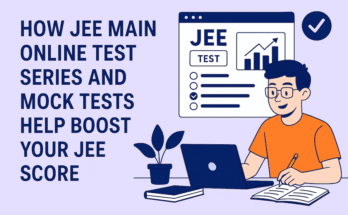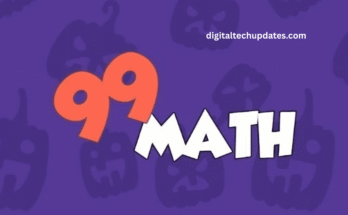The IELTS, or International English Language Testing System, is one of the most common and popular English language proficiency tests for both higher education and global migration.
IELTS is recognized by tens of thousands of organizations as being legitimate, meaning it is taken official proof of one’s English language proficiency by professional bodies, educational institutions, governments, and employers worldwide. The governments of New Zealand, the UK, and Canada all use IELTS when processing immigration applications.
The IELTS gauges one’s English language proficiency in many ways; listening, reading, writing, and speaking. Furthermore, there are also two variants of the IELTS; the first one is a general purpose, judging whether or not your language proficiency is good enough to conduct oneself in society, and the academic test, which judges whether or not your English language proficiency is good enough for an educational setting.
This article will discuss the first writing task of academic IELTS.
IELTS Writing Task 1
The first task that you will have to handle when taking the writing section of the IELTS is writing a summary that is at least 150 words long, in response to a particular graph, chart, table, or process that describes how something works or functions. This task is designed to test your ability to identify the main features of the graph, describe and analyze the data that is presented, describe a process, and identify important trends in factual information.
You should note there is no universal example through which to practice, as the graphs and processes you have to analyze vary. However, you can find a great list of examples on the IELTS Exam Site.
Task 1, General Info
- IELTS recommends that you only spend twenty minutes on this first task. This is generally a good idea, since you still have to pass the entire test, but note that you may spend as much time as you need on task 1. You are not actually limited to exactly 20 minutes.
- Your response to the first task must be at least 150 words minimum. 149 words are not acceptable; your response must be 150 or more, and more is generally preferable. Note that all words in the response are counted, and numbers are only counted as one word. For instance, 50,000 counts as one word.
Your score will be penalized if you do not write at least 150 words. There is no upper limit on how many words you can write, but more words do not guarantee more points.
- This first task is worth about 33% or one-third of your total score in the writing section of IELTS.
The way your response in this task is graded is as follows:
- Task Achievement (25%): Did you complete the goal that the question presented to you?
- Coherence/Cohesion (25%): Is your response legible and understandable?
- Vocabulary (25%): How extensive is your English language vocabulary?
- Grammar (25%): Does your response follow English language grammar rules?
Helpful Tips from Professional Academic Writers
We asked a team of highly qualified academic writers from SmartWritingService.com to outline some tips which can be helpful for IELTS students. They are:
- Write as neatly as possible. If the person scoring your response cannot read what you have written, your response will be graded very poorly, or possibly just receive a zero. Legible writing is crucial.
- Do not use memorized answers. It is possible that you may encounter a writing task that you have seen while preparing. If you have memorized the answer to such a problem, do not use it. If you know that answer, the scorer almost definitely does, and you will lose major points.
- Use descriptive vocabulary in your response. The proper terminology when describing the major points of the graph is crucial. Try to be as accurate with your language as possible.
How can you Prepare for IELTS Academic Writing Task 1?
Thankfully, if you possess a computer and an updated OS like Windows 10, there are many, many ways you can prepare for the first writing task of the academic IELTS. All you need is an internet connection, and you can find all sorts of links to test materials that will prepare you for the entire test, and especially the first task.
- Practice charts: You can find practice charts online, where there will be samples of the kinds of charts, graphs, and processes you are likely to encounter during task 1. This is very useful for learning what to expect.
- Model answers: You can also find out sample answers to sample problems. You can use these to determine the type of responses the scorers are expecting you to give them. This might be one of the most important ways to prepare.
- Practice lessons: There are also many practice lessons that can be found online, where you can develop your writing skills before actually taking the test. It’s also a great way to develop your vocabulary for the response.
You can find all of these types of aids and lessons on the IELTS Exam Site, where they are provided for test-takers. There are all kinds of tutorials, tips, lessons, and samples that you can use to prepare yourself for the test, and all you need is a computer.




